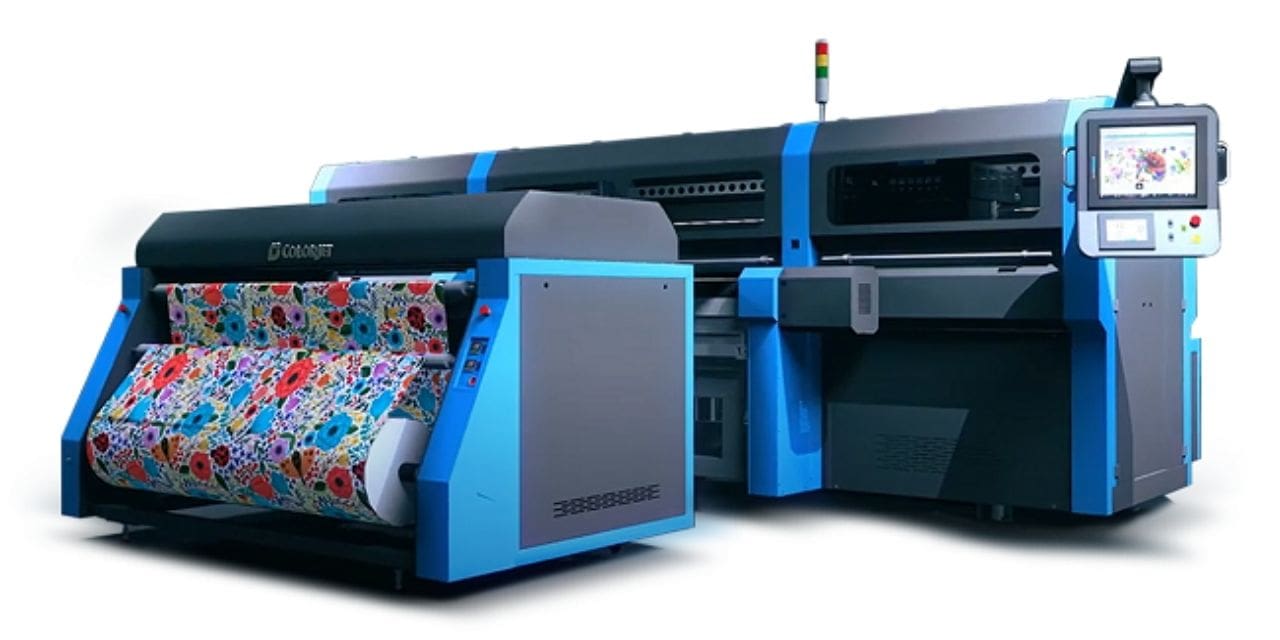Inkjet printing has become a popular method for textile printing due to its quality and efficiency. Digital textile printing has seen significant growth since 2003, reaching a value of 2.7 billion dollars in 2022, accounting for 6-7% of the total textile printing market. This makes the inkjet technology a lucrative sector for producers to invest in.
The key reasons for the growth in injecting technology in the textile sector are the shift towards on-demand production and the need for flexibility in production processes. Rotary screen printing has been overtaken by inject technology due to its ability to cater to on-demand and short-run production requirements, allowing producers to adapt quickly to changing market demands.
The growth of injecting technology in textile printing is driven by its cost-effectiveness, waste minimization, and ability to provide high-quality customized printing. This technology allows for product diversification, which is important for designers. With the Fourth Industrial Revolution and increased focus on sustainability, inject technology is a market trend that attracts top brands and provides leverage to manufacturers. Manufacturers are adapting to this technology to ensure long-term productivity, react to supply chain disruptions, and capitalize on opportunities.
Continuous Inkjet (CIJ) is commonly used for high-speed printing and non-contact capabilities, while Drop-on-Demand (DOD) offers high resolution with reduced ink consumption. As demand for digital printing grows, Inkjet technologies are evolving rapidly with advancements in Printhead, Ink Formation, and Printing Software technologies. Printhead technology is considered the core of Inkjet printing, with improvements like compact design and recirculation systems enhancing performance.

